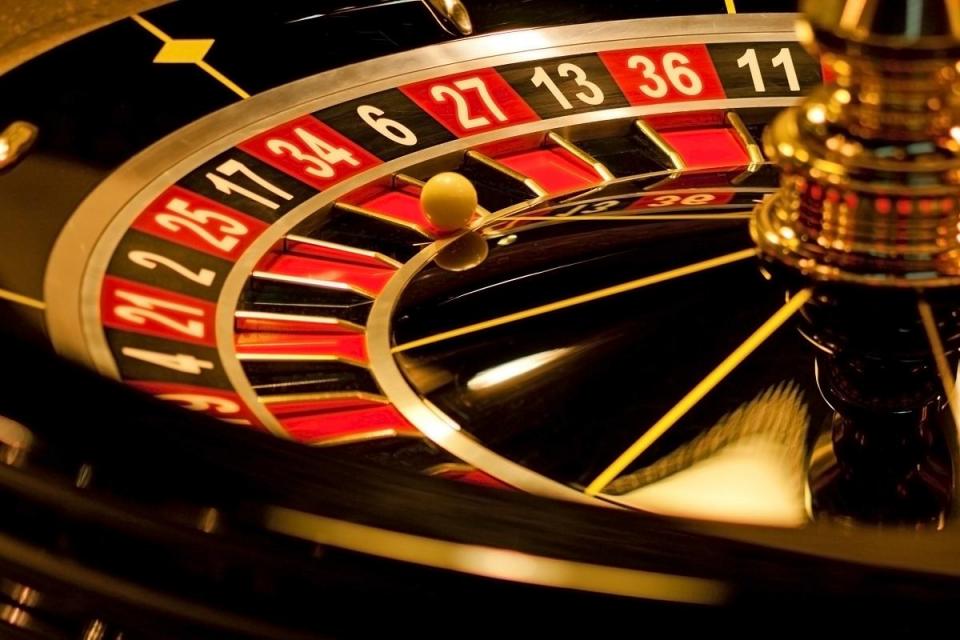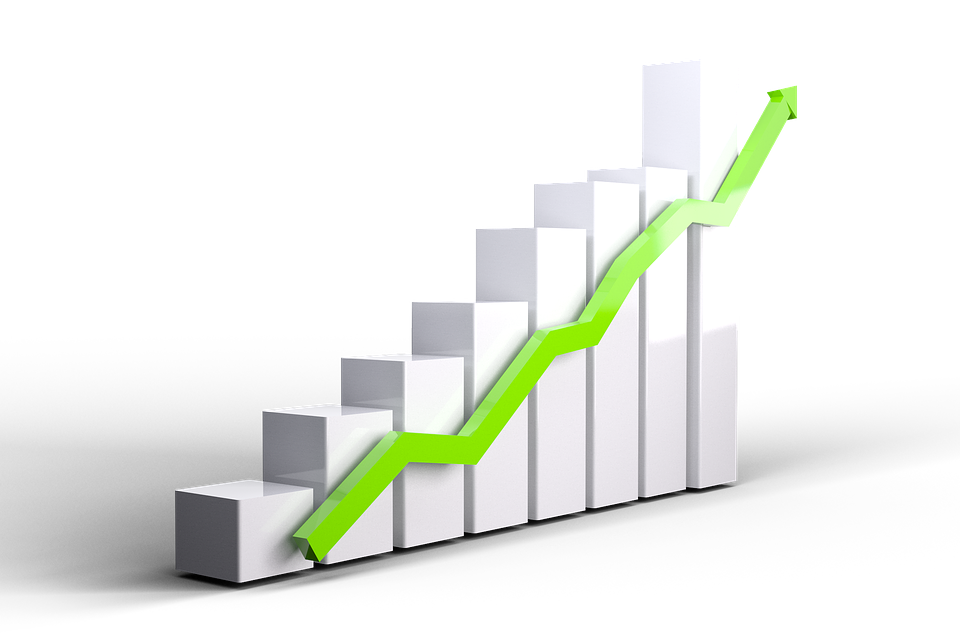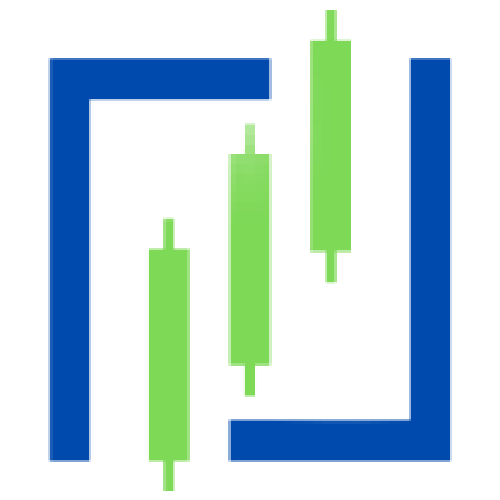In forex trading, we often hear about “edge”. It shouldn’t come as any surprise to anyone that if you want to win in forex it doesn’t matter what currencies or timeframes you trade, whether you are a fundamentalist or a technical analyst, whether you are a swing trader taking positions for several days or a short-term scalper taking moves lasting only minutes, you need to have an edge. But what exactly is an edge?
In trading terms, an edge is a trading technique or approach that creates a monetary advantage over other players in the market. When frequently systematically repeated, a trading edge can be used to help a trader to accumulate more profits than losses. An edge need not be overly elaborate or complex in order to fulfill its purpose. In fact sometimes simpler methods can be used in order to build winning edges that may last a lifetime.
Let us take a look at how casinos use their house edge in order to create a profitable long lasting business model.
Typical house edges:-
Blackjack – 0.75%
Baccarat – 1.2%
Craps – 1.4%
Roulette – 5%
Slot machines –10%
So, from the example above, we can estimate that for every €100 spent on slot machines, the casino is looking to pocket approximately €10 of profit from their patrons. Thanks to the law of large numbers, casinos, lotteries and betting agencies know that their house edge will always prevail in the long-run even if a few players win big in the short-run.

For example, a standard roulette wheel is comprised of options with numbers 1 through to 36, either black or red in colour and a 0 in green colour. Place the chip on 34 red and the casino will only give you €36 for every €1 you bet. However, in terms of probability, the chances are that you will get a favourable result every 1 in 37 spins thanks to the green 0. That is the casino’s edge – as simple as that. Same goes for when you place a bet that the ball will fall on red or black. Probability will never equal 50/50 thanks to the green 0. So when the law of large numbers comes into place, the casino is not worried about losing single bets here and there, but knows that in the long-run, the edge will play out and result in significant returns.
Same goes for an individual’s trading edge in the market. If a trader is confident in their trading edge, s/he will be less likely to worry about the result of the last trade or the outcome of the next trade, but will continue to systematically execute trade after trade according to his/her strategy – knowing that it will play out positively in the long-run the more trades that are taken.
When starting out, most traders don’t really have an edge. The market is tough and making any sort of profit begins to seem an impossible task. But as traders continue to persevere and improve their skills little by little, it is possible to develop an edge and profits may begin to flow their way.
It is easy to talk about edge in a vague manner. In fact, one’s edge is often subjective and personal and can take many different forms. So let us take a look at just a few examples of trading edges in order to understand the concept better…
Firstly, a trader must have a winning strategy and without that, it would be extremely difficult to make money in the markets. Knowing when to enter a trade, when to exit a trade, which technical indicators to use, what fundamental news will move the markets, setting take profit targets and stop loss triggers are all but a few essential aspects. A winning system in itself can be considered as a trading edge but that is not enough.
Risk control and proper money management are key aspects of any trader’s edge. Risk too much on any set of trades and your risk of ruin is inevitable. Think of it like this – if a trader risks 10% of their total account capital per trade and loses five times in a row, they’re 50% down. They are now going to need a 100% return just to get back to break even. (See drawdown)
Controlling emotions can also be considered as an edge. Removing bad traits such as ego, greed and fear can help a trader in order to achieve success in forex. How do you handle winning trades? How badly do you handle losing trades? Are you greedy and try to squeeze each trade until the last drop of profit before you keep pushing and pushing until it goes against your favour? Are you over-confident and trading beyond your means with an arrogance in believing you know more than the markets? Are you too afraid of losing the next trade that you cannot find the courage to press the trade button? Keeping a steady head and staying cool under pressure, confident but not cocky –these are characteristics of profitable traders.
Linked to this is the psychological edge. This may refer to psychological fortitude and persistence. If you are confident in your trading system, what use is it to have a winning system if you do not follow its rules with complete discipline? Maybe you are going through a losing streak. Will you give up, succumb to the markets and quit altogether? Or will you keep pushing and adapting to market conditions and moving forward? Maybe a winning streak is just round the corner? You will never find out if you just give up.
Until you get a hang of it, trading is no easy task and that is why many traders fail. But the mental game is one of the main factors of any successful trader. That is why discipline and patience are such important traits.
Systematic edge includes sticking to systematic rules of entry or exit based on various factors. This involves following your trading plan to a tee. Maybe this involves taking only certain risk/reward trades only (ex: cutting losses short at a maximum of 5% and taking profits at least 3 times the risk). Or it may refer to systematically taking trades every time a certain chart pattern occurs or during a specific time of day only (for example: taking trades at the London session open only).
Market knowledge can understandably be an edge. Maybe a forex trader has a vast knowledge on a select few trading pairs. For example, a trader can be well versed on the behavior of the GBP/USD and EUR/JPY forex pairs and decide to trade those pairs only. By doing so, s/he will likely have a more in-depth understanding of how these pairs will likely move in respect to any news, economic data releases or other circumstances in the market. Moreover, a trader may seek to continuously improve his/her knowledge of the market so as to adapt accordingly. This may consist of increasing screen time and looking at how charts continuously move and react, back-testing theories for hours on end, reading trading books and blogs and watching relevant videos and movies about the market, meeting up with likeminded traders in order to share knowledge and opinions. All the above can help one to evolve into a better trader by using knowledge as an edge.

Technology can be used as an edge. Some financial institutions make use of advanced technology in order to execute high frequency trades, entering and exiting the market sometimes for just a matter of seconds in order to take arbitrage successful trades. Although such technology is often beyond access for most average retail traders, such traders may still make use of computer programs and algorithms in order to assist trading. Expert Advisors (EAs) are programs or pieces of code that enable individuals to undertake automated trading according to specific personalized rules. Such technology aids in trading as it is capable of taking trades across a multitude of currencies, for 24 hours a day, and removing all emotions and guesswork out of trading. As time goes by, an increasing number of traders are deciding to become 100% algorithmic traders.
The above are but a few examples of edges a trader may have in the market. Various formulas exist in order to quantify the trading edge. Trade expectancy is one such formula. It determines if, on average, taking a trade with a certain strategy produces a profit.
Expectancy = (win rate x average win) – (loss rate x average loss)
Win rate is the percentage of winning trades in decimal form. Loss rate is the percentage of losing trades in decimal form. Average win is the average profit on a trade. For example, when you win, you win $100. Average loss is the average loss on a trade. For example, when you lose, you lose $125.
Let’s assume someone using a particular strategy wins 65% of trades, but they make $100 when they win and they lose $125 when they lose.
Expectancy = (0.65 x $100) – (0.45 x $125)
= $65 – $56.25 = $8.75
Since the above example illustrates a positive expectancy, therefore the trader would be trading with a favourable edge.

It is important to note that a trading edge does not necessarily have more winning trades than losing trades. It all depends on the gains per trade, not the percentage of winning trades. Various trading experts would advise on having a higher reward to risk ratio which tends to decrease the winning rate significantly but can still result in profit.
If you have a low win rate, your profits must be much bigger than your losses to have a positive expectancy. If you have a high win rate, your wins can be smaller relative to losses and still maintain a positive expectancy
In trading, losses are guaranteed to occur. Your edge either helps you win more trades, or it may help to win big when you do win and keep losses small when you do lose.
The bigger the edge, the bigger the profits tend to be. But without it, traders will essentially be donating their money to the market. Those without an edge may win trades occasionally, but they are unlikely to profit consistently. Any sort of success in the market without an edge will be down to luck and luck tends to run out.
For this reason, traders must be fixated on their trading edge. They need to know it exists or try to discover ways to create it. The Holy Grail in trading unfortunately does not exist but through experience, traders need to continuously seek and create their competitive advantage in the market. It will make the difference between making money and losing it.
